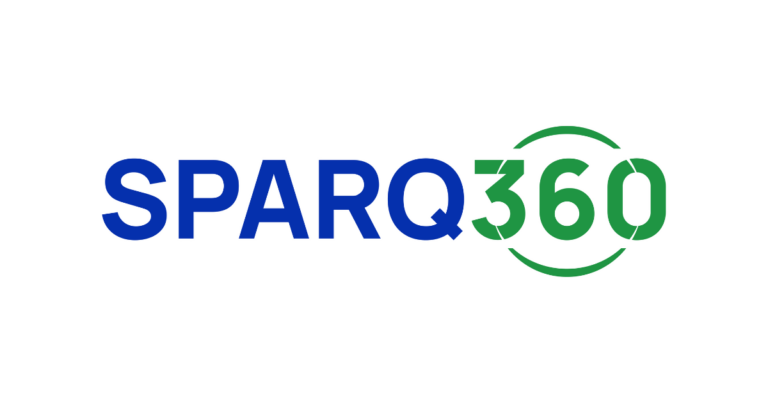Shifting Expectations, Shifting Networks: How Packaging Suppliers Can Regain Agility Without Adding Cost
Across the packaging sector—especially in consumer-facing segments like cosmetics, food, and personal care—the ground is shifting fast. Large multinational buyers are reducing lead times, tightening sustainability requirements, and reevaluating supplier portfolios. Meanwhile, mid-sized packaging firms are navigating raw material fluctuations, energy volatility, and post-COVID capacity normalization across Europe and Asia.
The result is a sector caught between two pressures: deliver with more precision, and do it with less slack. For tube manufacturers, injection molders, and specialist converters, the challenge is not simply one of efficiency. It’s structural: how to rewire the network to perform under more constraints, with fewer resources, and tighter compliance windows.
Why Static Networks Are Failing Dynamic Demand
The traditional logic of locating production close to raw material sources or centralized logistics hubs is being upended. As major customers restructure their sourcing strategies in response to geopolitical pressures, tariffs, and ESG policies, packaging suppliers are expected to match that flexibility.
A prime example is the accelerated regionalization of supply following pandemic-era port delays and growing pressure to shorten carbon-intensive transport legs. Firms that previously relied on shipping from East Asia into European filling lines are now being asked to support dual-region fulfillment or nearshoring options—without adding cost.
But most supplier networks were not designed for this kind of bifurcated service. The underlying assumptions no longer hold, and yet the physical and planning systems haven’t evolved to reflect the new expectations.
The Risk of Over-Responding
Some suppliers, in an attempt to regain service flexibility, have overextended their networks. They’ve added warehouse nodes or expanded contract manufacturing partnerships in ways that increase operational cost but fail to deliver the intended responsiveness. Others are holding excess inventory to compensate for planning lag or transport volatility, which ties up capital and strains warehouse infrastructure.
The real solution isn’t brute force expansion. It’s selective design: understanding where responsiveness actually matters, which SKUs or clients require dynamic fulfillment, and which nodes are critical vs. redundant. Digital network modeling helps identify these leverage points.
Simulation as a Competitive Tool
Simulation tools allow packaging firms to visualize the real flow of goods, time, and cost across their current networks. Unlike static ERP data or post-mortem reports, these models enable proactive insight. They allow teams to ask what if? and model the actual consequences—before a disruption becomes a crisis.
For example, what happens when a key supplier in Eastern Europe pauses production for regulatory audits? What’s the downstream effect of a packaging substrate delay on co-packing partners? These tools empower leaders to respond with confidence rather than scramble under pressure.
With simulation, companies can ask:
- What’s the cost and service tradeoff of consolidating two warehouses?
- How much buffer inventory is needed to sustain a new low-volume, high-variation product line?
- Can we reroute fulfillment to avoid a carbon tax threshold in a particular country?
More than a planning tool, simulation becomes a unifying language for operations, finance, procurement, and compliance to align around shared priorities, reducing decision lag and cutting reactive cost.
Compliance-Driven Redesign
Scenario-based network redesign enables suppliers to adapt without simply expanding their footprint Under regulations such as the EU Packaging and Packaging Waste Directive (PPWD), national Extended Producer Responsibility (EPR) schemes, and increasingly stringent corporate ESG mandates, packaging suppliers face mounting pressure to demonstrate control over their end-to-end networks. This pressure is not just bureaucratic; it has real, immediate implications on cost structures, fulfillment logic, and competitive eligibility.
For example, a packaging firm unable to verify the recyclability content of its materials may find itself excluded from RFQs for premium consumer brands. A lack of visibility into reverse logistics capacity could disqualify a supplier from participating in closed-loop trials with major Consumer Packaged Goods (CPG) clients. Even storage and transportation conditions are now under scrutiny as companies calculate the carbon cost per shipment, per unit.
This means redesign efforts must go beyond traditional cost efficiency. They must also address:
- How materials are tracked and reported through the supply chain
- How warehousing locations align with take-back or reuse obligations
- How supplier tiers can be assessed for environmental performance and policy compliance
To meet these demands, packaging suppliers need to embed regulatory and customer-driven requirements directly into their operational design. That includes understanding where compliance risk concentrates, building adaptive inventory and transport strategies, and preparing for the auditability expectations of modern multinational customers.
This is no longer a domain for legal or ESG teams alone. It must inform how supply chain networks are structured, where partnerships are formed, and how planning teams make tradeoffs under constraint.
Under regulations such as the EU Packaging and Packaging Waste Directive (PPWD) and national EPR (Extended Producer Responsibility) schemes, packaging suppliers are being held accountable not just for product quality, but for recyclability, material traceability, and carbon disclosure.
These rules don’t just affect what gets produced—they affect how it’s shipped, where it’s stored, and how reverse logistics are managed. For example, a multinational CPG client may require returnable packaging loops or near-zero waste certification, which demands new supply capabilities at both the planning and fulfillment level.
Embedding compliance logic into network design is no longer a regulatory checkbox. It’s a customer requirement and a source of competitive differentiation.
From Network Sprawl to Strategic Precision
Scenario-based network redesign enables suppliers to adapt without simply expanding their footprint or inflating overhead. A well-executed redesign effort allows companies to:
- Identify where agility matters most—and where it doesn’t
- Map supplier and customer flows against regulatory and carbon constraints
- Create network configurations that are lean, flexible, and auditable
The goal is not to build bigger networks. It’s to build smarter ones—so that when expectations shift again (as they will), the system can absorb the impact without scrambling the business.
For packaging suppliers, the new advantage isn’t speed or scale alone. It’s strategic clarity. And for those looking to sharpen that clarity, SPARQ360 helps bring scenario design, compliance alignment, and operational visibility into one integrated approach—so that agility becomes a core capability, not just a reaction to the latest crisis.







